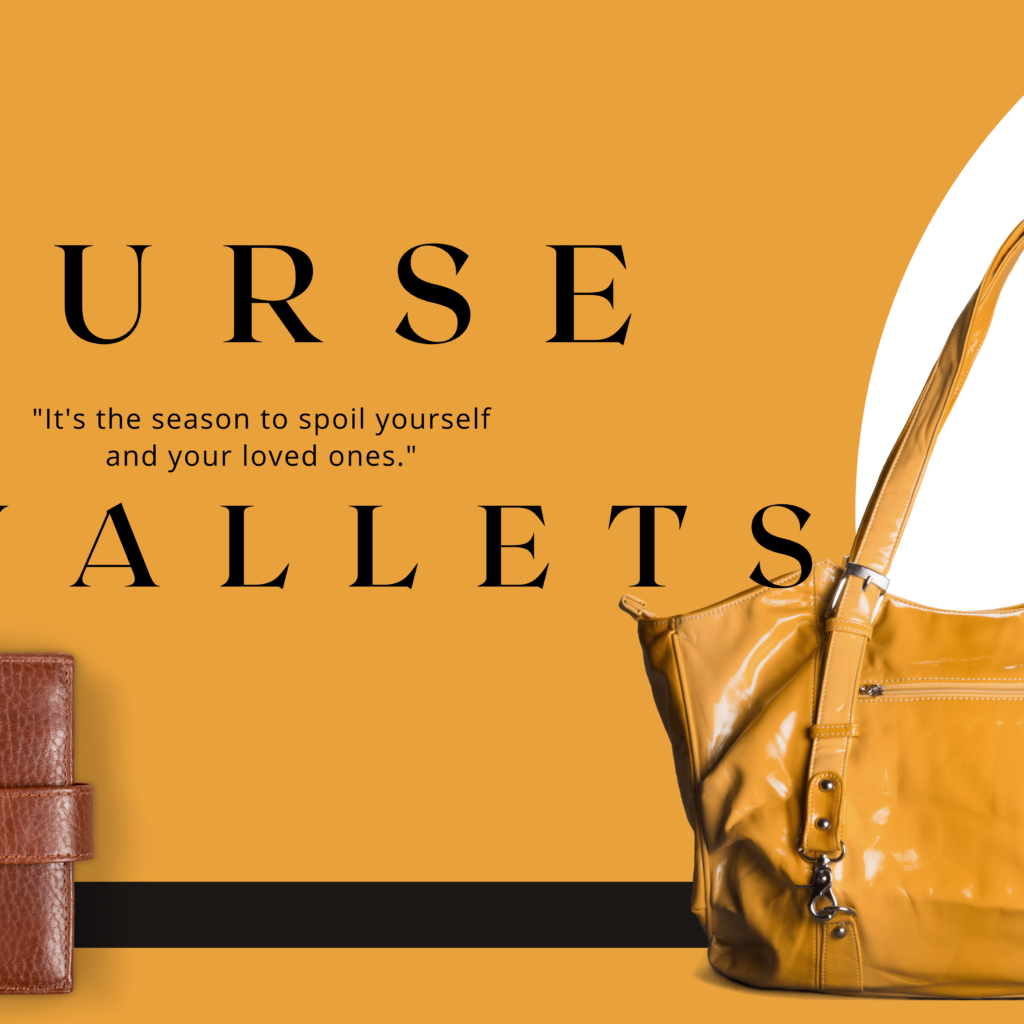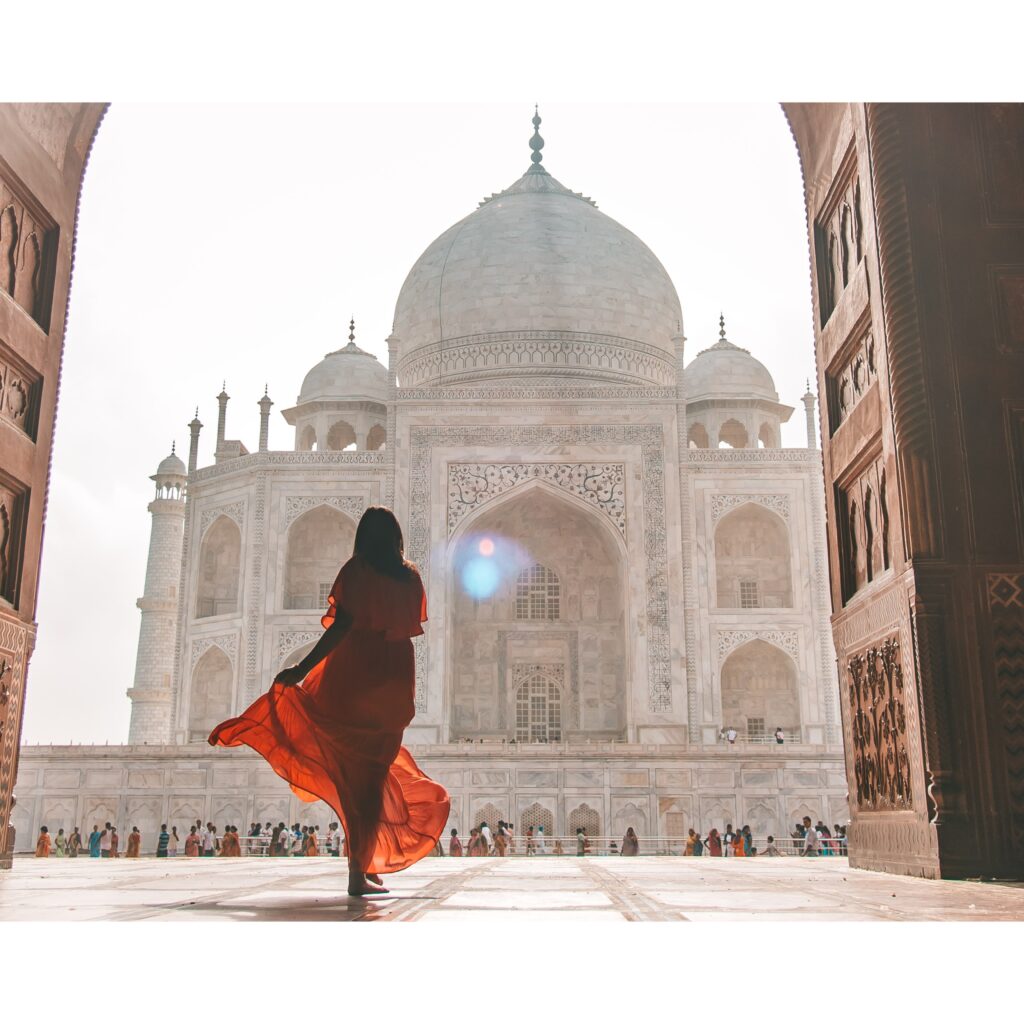
Building Self-Confidence: A Journey of Growth
Building Self-Confidence: A Journey of Growth If you don't believe in yourself, then the world can become a scary place for you.
Building Self-Confidence: A Journey of Growth means: Building self-confidence is often seen as a key to success in many aspects of life. It can impact the way we interact with others, approach challenges, and pursue our goals. While some people seem naturally confident, others may find it more difficult to believe in themselves. The good news is that self-confidence is something that can be developed and nurtured over time, regardless of where you start.
At its core, self-confidence is about trusting yourself. It’s the belief that you can succeed, even when faced with difficulties. Confidence doesn’t mean you think you are perfect or infallible. Rather, it’s the understanding that you have strengths, and even if you face setbacks, you can learn from them and keep moving forward. It’s about believing that you can handle whatever challenges come your way.
One of the first steps in building self-confidence is to understand your own worth. Every person has unique qualities, skills, and experiences that contribute to their individuality. When you recognize these qualities, you begin to see the value you bring to any situation. Instead of comparing yourself to others, focus on what makes you unique. It could be your creativity, kindness, determination, or your ability to solve problems. Recognizing your strengths gives you a foundation of self-assurance to build upon.
Another important aspect of developing confidence is setting realistic goals and working towards them. Confidence grows when you accomplish things, no matter how small they may seem. Start with achievable goals, and as you accomplish them, set more challenging ones. Each success, whether big or small, adds to your sense of self-worth. It’s important to celebrate your achievements along the way, even if they seem minor. When you take time to acknowledge your progress, you reinforce the belief that you are capable of reaching your objectives.
Self-confidence also involves embracing failure as part of the learning process. Too often, people see failure as a reflection of their inadequacy. But failure is not a permanent state—it’s simply a signal that something didn’t work out as planned, and an opportunity to try again. Everyone experiences failure at some point, even the most successful people. The difference between those who succeed and those who don’t is their ability to bounce back after failure. Instead of letting mistakes define you, view them as stepping stones towards growth and improvement. Each failure teaches you valuable lessons that make you stronger and more resilient.
Positive self-talk is another powerful tool in building confidence. The way we talk to ourselves can have a huge impact on our mindset. If you constantly tell yourself that you’re not good enough or that you’ll never succeed, it’s easy to lose confidence. On the other hand, when you encourage yourself with affirmations like “I am capable,” “I can handle this,” and “I’m improving every day,” you begin to shift your mindset towards a more confident outlook. It may take time to change negative thought patterns, but with practice, you can retrain your mind to focus on your strengths rather than your weaknesses.
Another way to boost your confidence is to take care of your physical and mental health. When you feel good physically, it’s easier to feel good about yourself. Exercise, proper nutrition, and adequate sleep all play important roles in maintaining a positive mindset. When you feel strong and energized, you are more likely to approach challenges with confidence. Mental health is just as important. Practice mindfulness, meditation, or other stress-relieving activities that help you stay centered. Managing stress and maintaining a healthy mind will allow you to feel more in control of your life, which directly impacts your self-confidence.
Surrounding yourself with supportive people is also essential in building confidence. The people you interact with can either lift you or bring you down. When you spend time with individuals who encourage and believe in you, it becomes easier to believe in yourself. Positive relationships provide emotional support, help you stay motivated, and remind you of your worth when you’re feeling down. It’s important to seek out friends, mentors, or colleagues who inspire you and challenge you to be your best self. At the same time, it’s okay to distance yourself from those who are negative or overly critical.
Stepping outside your comfort zone is another key to building confidence. Growth doesn’t happen when you stay in familiar and safe situations. By taking on new challenges, even when they seem daunting, you prove to yourself that you are capable of more than you might have thought. The first time you try something new, it may feel uncomfortable or intimidating. However, with each new experience, you gain more confidence in your ability to adapt and succeed. Over time, the things that once felt challenging will become second nature, and you’ll continue to build your confidence by embracing new opportunities.
Self-confidence isn’t something that appears overnight—it’s a journey that requires patience and persistence. It involves recognizing your value, setting goals, learning from failures, changing negative thought patterns, and taking care of your health. It’s also about surrounding yourself with positive influences and pushing yourself to take on new challenges. Through consistent effort and self-compassion, you can cultivate a sense of confidence that will help you navigate life with greater ease and belief in your abilities.

 Cart is empty
Cart is empty 

